Industries and states where wages have shot up
The wages numbers are out and there’s a certain industry that has seen wages flourish – while another has stayed stagnant.
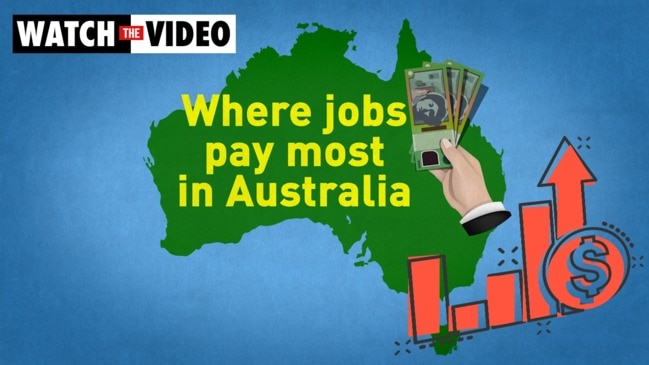
Australia’s latest wage price data is out and – phew! – it is pretty good, especially for some workers.
After a long fade out and then a sudden plunge in the pandemic, wages are finally heading back up, as the next chart shows. That spike up at the end means Australia just had its second strongest period of wage growth since 2014.
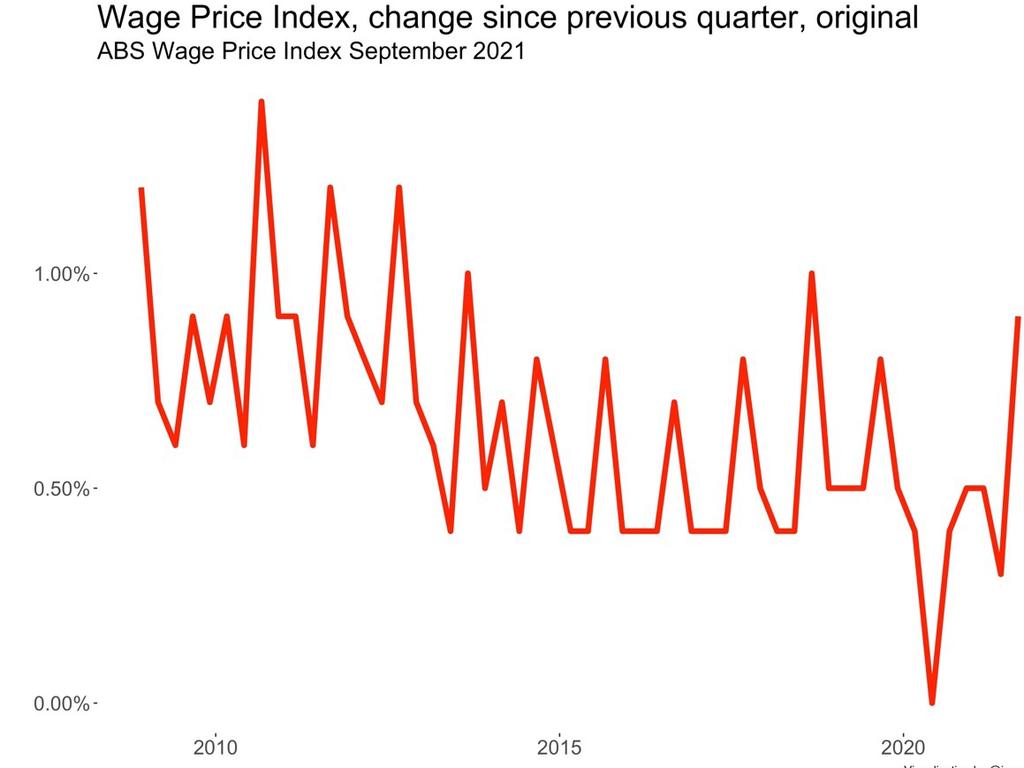
Look at the graph above and one thing you will notice is the pace of wage growth is still not as high as it used to be. In the period of July, August and September 2021 wages went up 0.9 per cent. In some previous three month periods they rose by as much as 1.4 per cent. So we are not back where we need to be.
But it is still a good result because the time period in question covers the worst parts of the lockdowns in Australia’s two biggest states – Victoria and NSW. You’d expect that to hold wages growth down, but instead it went up.
What causes wages growth and who’s getting it?
Wages growth is best if you are not a public servant. As the next chart shows, the public sector – teachers, bureaucrats, police, council workers, soldiers – is not doing nearly so well as the private sector (retail workers, manufacturing workers, tradies, bankers, etc.).
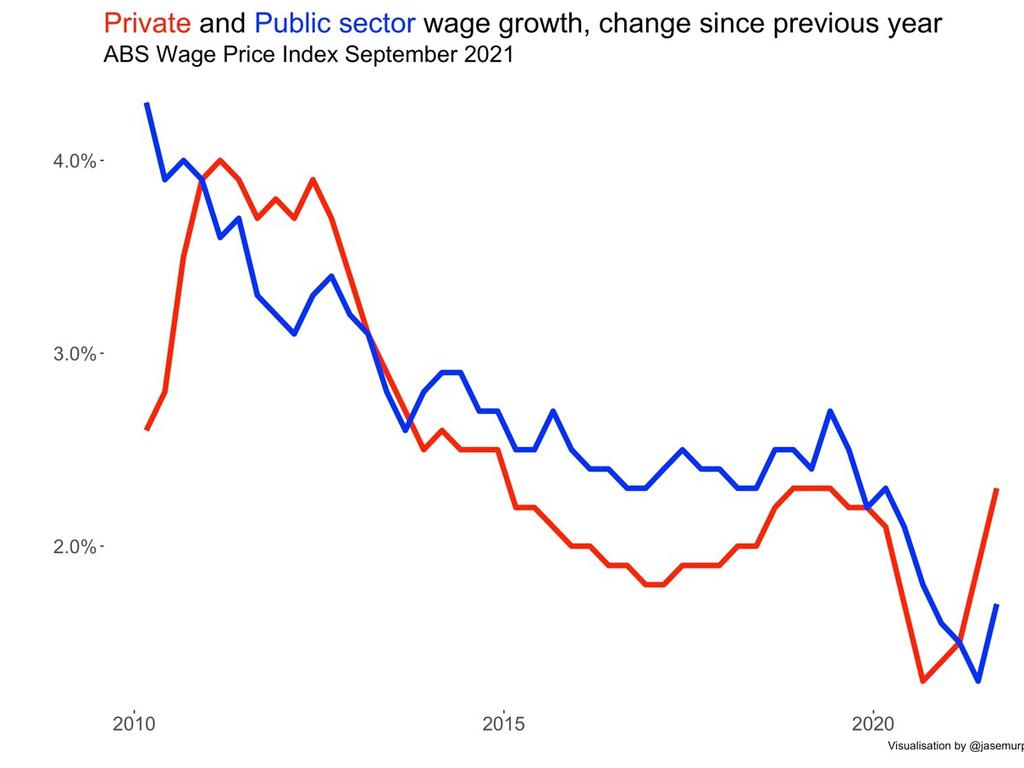
It is normal for the private sector to react a bit faster than the public sector, so if wages growth really is here to stay, we can expect that blue line to go up next.
The best industry for wages growth right now is white collar work. The kind of workers who used to sit on swivel chairs in offices but are now working from home – those industries have been little disrupted during the pandemic and they are at the top of the next chart.
The second best industry for wage growth is construction. Australia is building a lot of new houses and doing a lot of renovations, so that’s not surprising. The third best industry is a surprise – hospitality. In ‘Accommodation and Food services’ wages are up a decent 2.5 per cent over the year, as the next graph shows.
The hospitality industry is struggling with the supply of willing workers. Instead of being able to employ a steady stream of backpackers and foreign students, they are now being forced to raise wages to attract staff.
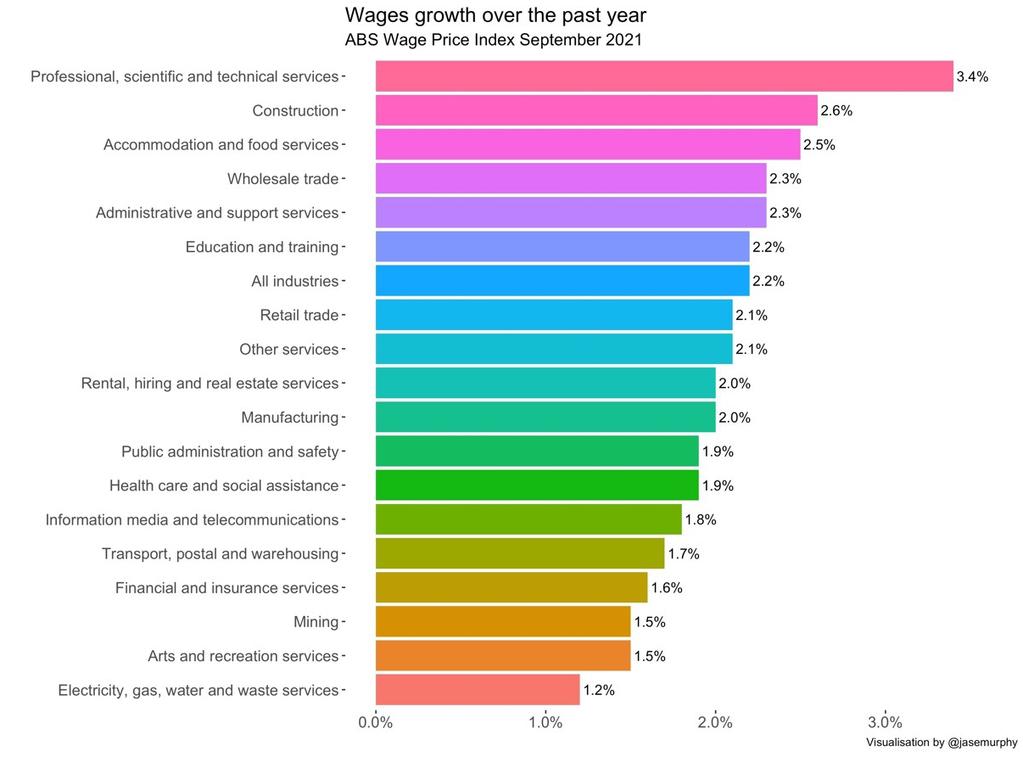
At the bottom of the pile are electricity gas, water and waste workers. Don’t worry about them, they’ve had amazing wage rises in the last few years and this is just evening things out. The second bottom though, arts and recreation? That’s an industry that is really struggling. People still aren’t relaxed enough to go see comedy shows or to bands, to attend sports or galleries. The weak wages growth there tells us they haven’t been able to bounce back yet.
State versus state
Australia’s coldest state, Tasmania, has a red-hot labour market. It is growing wages at the fastest rate is has seen since 2013. South Australia is at the other end of the spectrum.
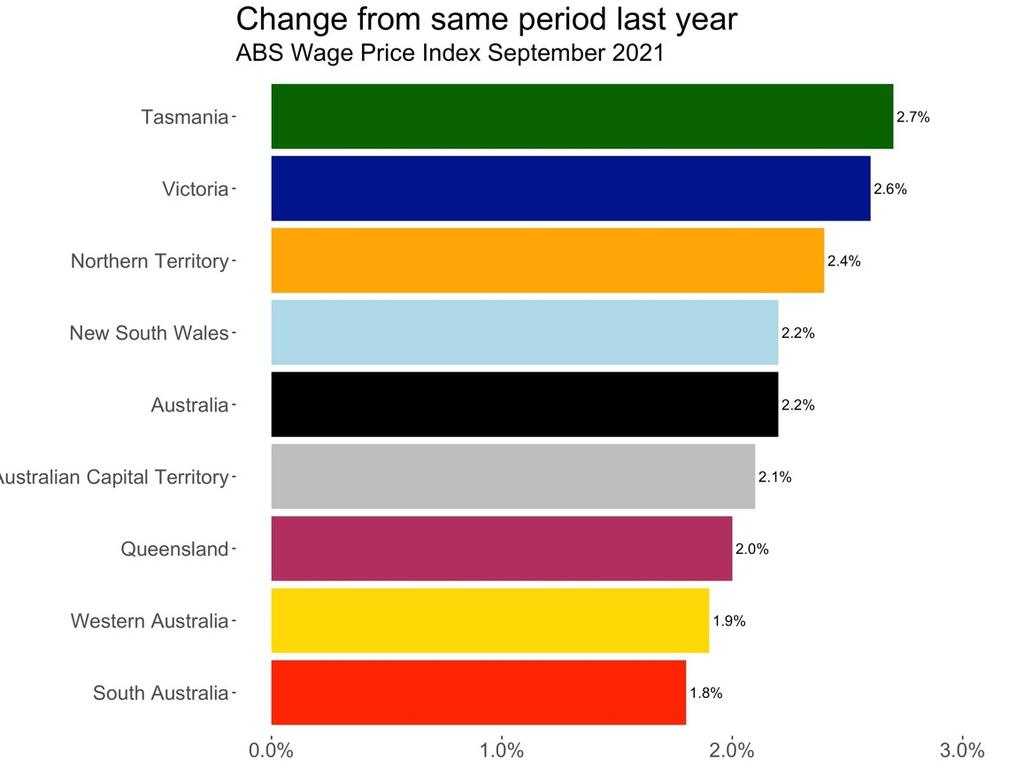
The house price connection
Wages growth is incredibly important in Australia. Not just because we use our pay to buy the things we need. But because of the link to house prices.
When wages growth goes up, the RBA starts thinking about raising interest rates. And as we know, when they start putting up interest rates, the period of incredible house price growth should come to an end. It’s ironic that when people are earning more, houses should stop racing up in price, but that is the way interest rates work in this country.
The RBA has promised that interest rates won’t go up until inflation (price rises) is back in the target range of 2 to 3 per cent a year. (That’s the whole job of the RBA, to try to keep price rises low but steady.)
To get inflation back in that steady range of 2 to 3 per cent each year, the economy probably needs to be generating wages growth of 3 per cent each year (i.e. inflation and wages growth are linked). If you glance back up at the second graph in this story you will see we are not near 3 per cent wages growth yet. So the RBA will leave interest rates alone for a while. It wants to see wages growth go even higher before it lifts interest rates.
How long will it take? The RBA forecasts that wages growth won’t hit 3 per cent a year until the end of 2023. But the RBA’s forecasts are famous for all the wrong reasons. It has been wildly wrong before. in the US and the UK, wages growth has rocketed upwards to around 4 per cent. Maybe, if we are lucky, we can be seeing wages growth like that here before long too.
Jason Murphy is an economist | @jasemurphy. He is the author of the book Incentivology.






